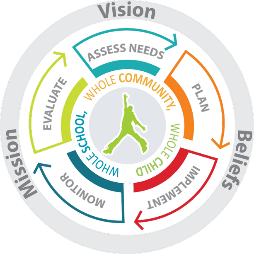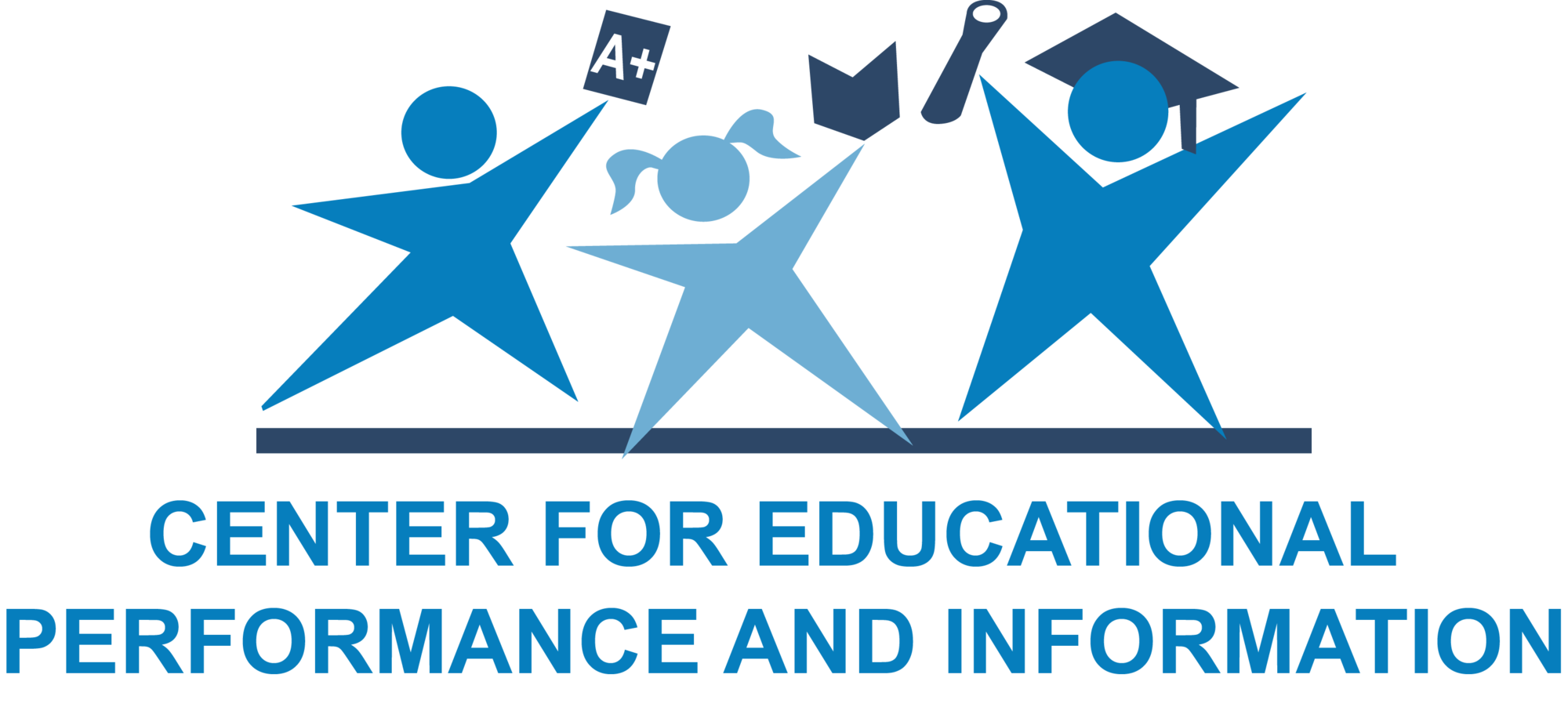November 19, 2020 MICIP Continuous Communication
Michigan Department of Education sent this bulletin at 11/19/2020 11:45 AM EST |
|
Having trouble viewing this email? View it as a Web page. |
Welcome to the November 19, 2020 Issue of MICIP Continuous Communication!
This issue includes professional learning about implementation and monitoring of the continuous improvement process, answers to your questions, and important reminders about tasks that should be done in November.
Engaging in Continuous Improvement – Implementing, Monitoring, and Adjusting
In continuous improvement there are a couple of sayings, "The minute you start implementing, you start monitoring." and "What gets monitored, gets done." To that end, this article addresses several considerations that must be taken into account when implementing, monitoring and adjusting your plan.
 Implementation
Implementation
- Implementation is an iterative process. The MICIP cycle moves from assess needs to plan, implement, monitor, and evaluate—and a key element of the MICIP mindset is that the overall process is comprised of many smaller versions of this same cycle, including multiple cycles of implement, monitor, and adjust.
-
Monitoring fidelity should be guided by a strategy implementation guide. A strategy implementation guide identifies the critical components of strategy implementation and what implementation looks and sounds like.
- If a strategy implementation guide does not exist as part of strategy design, one of the first tasks during installation should be the development of a guide and a fidelity monitoring tool aligned to it.
-
This guide and tool will be helpful in:
- self-monitoring,
- monitoring as part of a small professional learning community, and/or
- monitoring across the entire plan by the building improvement team.
- The MICIP team has provided a template strategy implementation guide and directions for creating a strategy implementation guide on the MICIP web page.
-
Data monitoring both implementation fidelity and impact should be collected at the building level and brought back to the district team for consideration. This data should guide decisions regarding adjustments to the plan either throughout the district or in an individual building
- If adjustments are needed, what kind might they be e.g. differentiated professional learning, resource allocation, seeking different strategies, other forms of support, etc.?
Monitoring
-
Monitoring data should also guide decisions about when to move between implementation stages. For example:
- What does the data say about when to move from installation to initial implementation?
- What does the data say about moving from initial implementation to full implementation?
- What does the data say about moving back to a previous stage?
- Should the entire district move at one time or do timeframes vary by building?
-
It is also critical that a district monitor the effectiveness of its systems as part of implementation. Implementation is frequently impacted by the presence or lack of strong systems to support it. This requires returning to the systems framework and aligned tools being used by the district and asking questions such as:
- Are the necessary systems components in place?
- How might the status of the systems be impacting implementation and impact?
- What kind of adjustments need to be made to either install or strengthen them?
-
Finally, there are some additional questions that should be part of monitoring:
- To what extent are those responsible implementing the monitoring activities by the due dates?
-
Review the six components of the hexagon tool for this strategy.
- In the areas where the ratings were low, are they moving in a positive direction?
- In the areas where the ratings were higher, are they staying at a high level?
- What will you communicate regarding the results of the monitoring process? To whom?
- What will you communicate regarding adjustments to the plan? To whom?
Next Issue: Evaluating the Goal
 Your MICIP Questions Answered
Your MICIP Questions Answered
Here are some answers to questions the MICIP team received during the MICIP Continuous Improvement Conference (October 20, 2020). For more information about MICIP and MICIP resources, go to our web page.
How do the district and school interact within the MICIP process?
- While it is primarily the role of the school to implement continuous learning cycles at the instructional level, it is primarily the role of the district to support that instruction at the systems level, whether that be with systems that have more direct impact on student learning such as curriculum/instruction/assessment, data, student support, or technology, or those that support education more generally, including leadership, communication, human resources, finance, transportation, or food service. It is also ultimately the responsibility of the district to ensure that the plan is funded.
- School leaders and personnel should be members of the district continuous improvement team, and the needs and assets of the schools inform the district continuous improvement plan. The district team develops the plan and identifies which schools will implement each of the goals, strategies, and activities through a “tagging” process in the platform. School plans then become subsets of the district plan, and each school can identify its own plan based on the tagging process. The entire continuous improvement process – identifying needs, developing plans, implementing, monitoring, and evaluating - is then a collaboration between the district and the school. While MICIP is coordinated at the district level by the district continuous improvement team, it is also appropriate for schools to have teams to monitor the implementation and impact of their plans
What kind of professional learning is currently available for MICIP?
- The MICIP web site is the “go-to” place for MICIP professional learning (https://www.michgan.gov/mde-micip).
-
Professional learning is divided into the three components of Mindset, Process, and Platform.
-
The Mindset section currently includes:
- a MICIP overview with a focus on the mindset
- a three-part series on the whole child, including an overview, a focus on whole-child data, and a presentation on how to integrate this approach into your work.
- Coming soon is the continuous improvement conference presentation on the integration of equity and continuous improvement.
-
The Process section includes:
- overview
- a focus on assess needs
- a two-part series on budgeting and funding the continuous improvement plan.
-
Coming soon will be:
- conference presentations on the assess needs process - including root cause - and on the planning process.
- presentations on the various components of the process.
- The Platform section will soon include a presentation of walking through the process in the platform.
-
The Mindset section currently includes:
Formats for most presentations include both the video recordings as well as the power points so users can flexibly use them.
- The Resources section is being populated by a variety of resources to support the new MICIP Process Guide that will be coming to ISDs in early-December and to districts after January 1.
- The eNewsletter section contains all the issues of Continuous Communication, which also includes a variety of professional learning resources.
 Your MICIP Monthly Reminder
Your MICIP Monthly Reminder
If you haven’t already done so, by the end of November you should have:
- Federated into MiLaunchPad
- Signed district agreement in DataHub cockpit. Here’s how to connect to the DataHub.
- Gain access to the MICIP training site by contacting your ISD support.
Please Share Continuous Communication
Please feel free to forward Continuous Communication to anyone you feel would like to receive information and updates about MICIP. To subscribe or unsubscribe, please click on this link.
Previous issues of MICIP Continuous Communication are available on the MICIP web page.
Feedback is Essential for Continuous Communication!
Have a question, an idea, a suggestion, or a compliment? The MICIP team is always eager to hear your feedback! Send us an email using the MICIP email address (mde-micip@michigan.gov).





